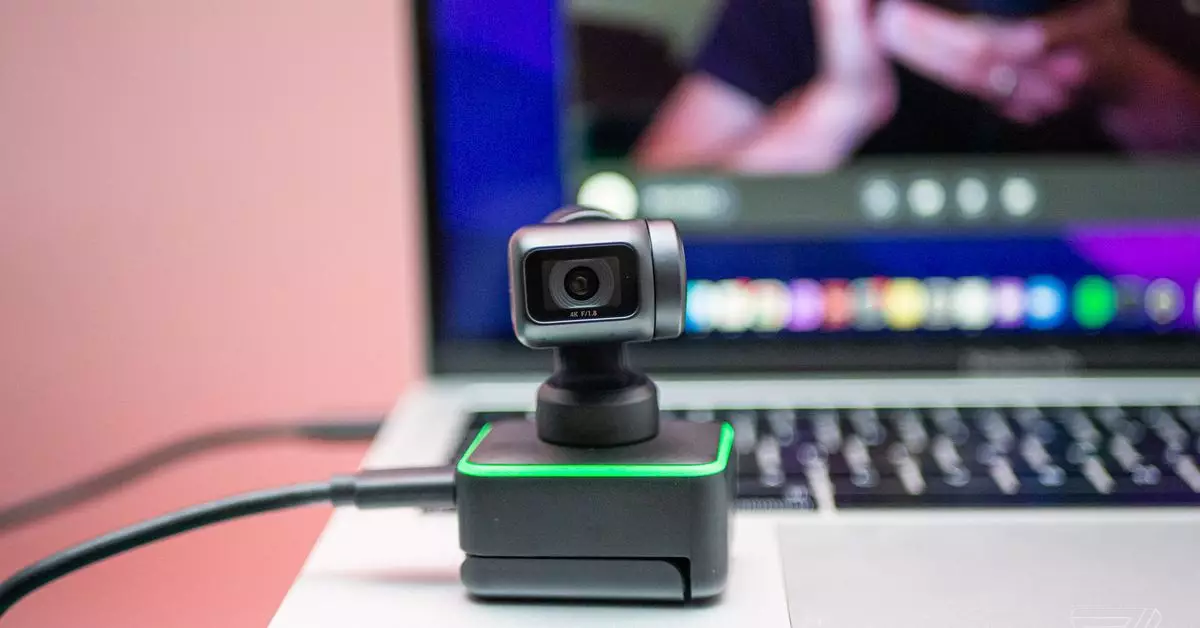In an increasingly remote work culture, home office setups have become more than just a trend; they are a necessary aspect of productivity and comfort. An effective workspace is not merely about aesthetics; it must address ergonomics, technology, and personal preferences to promote better work-life balance. This article delves into the components that make up a functional and inspiring home office, drawing insights from the experiences of professionals as well as the latest products on the market.
The Imperatives of Ergonomic Seating
One of the most essential pieces of furniture in any home office is the office chair. It’s astonishing how a good chair can influence productivity and overall well-being. When selecting an ergonomic chair, look for features such as adjustable height, lumbar support, and comfortable cushioning.
The HON Ignition 2.0 office chair exemplifies these features and is a favorite for many users. Its design is tailored for long hours of sitting, which is crucial for remote workers who may find themselves tethered to their desks for extensive periods. Notably, even if your chair shows signs of wear and tear over time, like frayed fabric or broken armrests, the benefits it offers in terms of comfort and support are paramount. Investing in a high-quality chair can lead to better posture and decreased back pain, thereby improving focus and productivity.
Another pivotal element of a home office is the technology we use, particularly monitors and tablets. A 4K display, such as the Huion Kamvas Pro 24, is ideal for both work and creative tasks. The sharp resolution allows for precise detail when working on graphic design or editing photos, thus enhancing productivity.
Creating a multi-monitor setup is becoming increasingly common, enabling users to streamline their workflow. Being able to swivel between different screens can greatly improve efficiency and comfort while minimizing eye strain. Such arrangements make it easier to manage multiple applications or tasks simultaneously, ultimately reducing cognitive load.
Modern home offices are also enhanced by smart technology. Amazon’s Echo Dot offers functionalities that go beyond regular audio interaction. With capabilities as a smart home controller and a delivery alert system, it becomes an indispensable tool that integrates work and leisure seamlessly.
Moreover, using an Echo Dot as a speaker system for your computer can free you from the constraints of headphones, which often lead to discomfort over prolonged use. This illustrates the importance of incorporating technology that not only boosts productivity but also enriches the overall work experience.
In addition to seating, the devices we use directly impact our physical health. Ergonomic accessories, such as specialized mice, can play a significant role in preventing repetitive strain injuries. The Logitech MX Vertical mouse stands out because of its design aimed at reducing wrist strain, making it an excellent choice for users who spend long hours working on computers.
Utilizing such tools can produce noticeable results in reducing discomfort and pain associated with long periods of data entry or design work. For those seeking to prioritize their physical health while working, these ergonomic mouse options offer significant benefits.
As remote work becomes more commonplace, the importance of effective communication tools cannot be understated. Webcams like the Insta360 Link have advanced features that allow for position tracking during video calls, enhancing the dynamic of virtual meetings. However, it’s essential to bear in mind that technology isn’t infallible; there may be hiccups like unintentional close-ups of your forehead instead of your face, which can be inadvertently humorous yet distracting.
Furthermore, for those needing to participate in calls or listen to music throughout the day, high-quality headphones like Apple’s AirPods Pro offer exceptional sound quality and noise cancellation. This facilitates better focus and minimizes background distractions, which is crucial in a home environment often rife with interruptions.
Creating an optimal home office involves much more than just placing a desk and chair in a corner of your house. It requires careful consideration of ergonomic furniture, efficient technology, and tools that promote good health. By incorporating these elements, individuals can foster an environment that enhances productivity, encourages creativity, and ultimately supports a successful work-life balance. Investing time and resources into designing a suitable workspace not only makes remote work more enjoyable but also contributes to long-term health and satisfaction.

